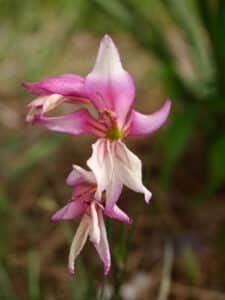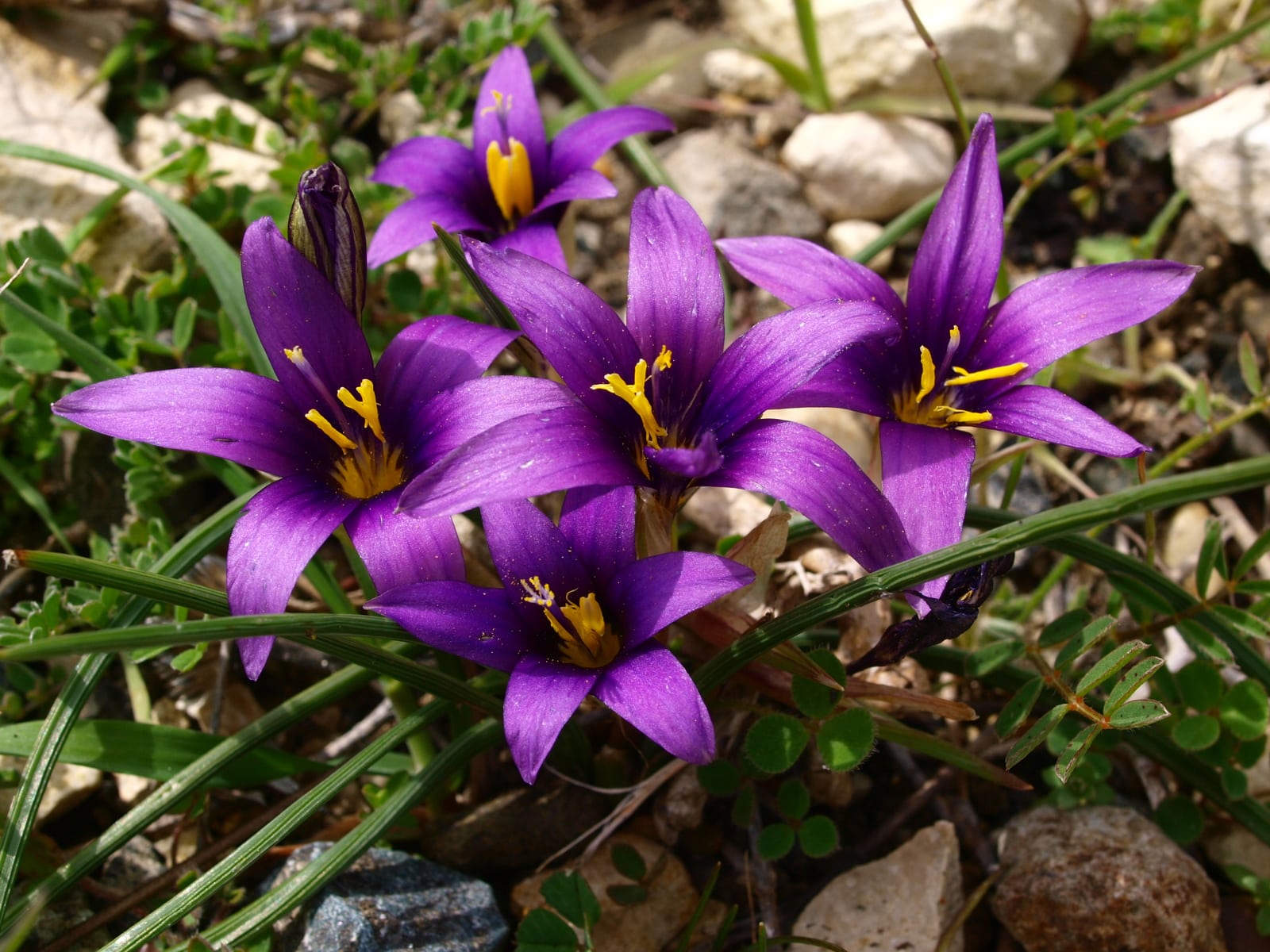One Facebook group is essentially taking a botanical journey around the island. It is, learns ALIX NORMAN, a land of contrasts caused by it being at a geographical crossroads
Cyprus is a winner when it comes to its wildlife. According to the latest research from the Convention on Biological Diversity, our island is a treasure trove of fauna: 385 bird species, of which two are endemic; 22 reptiles, including two endemic species; three amphibian species; and over 80 species of marine fish. Six of our 11 wild mammal species are endemic and sub-endemic; the island as a whole is considered a European centre of insect endemism; and it’s also the only centre of bird endemism in Europe.
Unique though our fauna may be, it’s our flora that really stand out. According to the World Resources Institute, Cyprus possesses 1,738 species of flora. And of these, 143 are endemic – giving the island the highest percentage of plant endemism in Europe! But this varied and unique plant life is under threat. With the intensification of agriculture and the expansion of urban areas, habitats are continually being reduced. Sometimes even lost completely. And with them goes the island’s unique flora…

Gladiolus triphyllus All photos Yiannis Christofides
Thankfully, groups such as Τα Φυτά Της Κύπρου / Kibrisin Bitkileri / Flora Of Cyprus are redressing this loss, working diligently to protect and preserve the plant life of Cyprus. Launched about seven years ago, the Facebook group is a repository of botanical knowledge; a community dedicated to studying and showcasing the island’s flora. Here, like-minded people from all walks of life share their botanical expertise, record new information and monitor the status of the island’s incredible plant life…
“Cyprus has been isolated from the mainland for millions of years. And this, combined with the presence of the geologically unique Troodos mountains, has allowed for the development of a singular endemic flora,” says Yiannis Christofides, an admin of the group and an amateur botanist. “Among the incredible diversity of plants here on the island, we have 143 species that cannot be found anywhere else in the world, including the rare Cedrus brevifolia and the Bosea cypria, a shrubby member of the genus Amaranthaceae that itself boasts only three members worldwide.”
These unique species are part of the wider spectrum of fascinating local plant life. To date, almost 1,800 plant species have been identified growing naturally in Cyprus. And most, says Yiannis, are flowering right now, in winter. Making this simply the best time of year to join the Facebook group on their botanical journey…
“The more people who are aware of the indigenous flora, the easier it becomes to protect areas and particular plants of interest. Through widening the scope of knowledge, we hope that people will not only cherish their local flora, but also perhaps propagate it: growing these plants in their gardens and contributing to the island’s botanical abundance.
“Cyprus,” he continues, “is a land of contrasts in its geology and climate. And this contributes to our very diverse flora by affording a large number of different habitats.”
The main habitats include Garigue (phrygana), Maquis, Forests, Coastal vegetation, Riverside canopies and Chasmophytic vegetation, explains Yiannis. “But within these there exist a number of specialist habitats that cannot be found anywhere else, such as the Pseudo-steppe, found extensively in the lowlands and Alpine grasslands of the Troodos range.

Carlina pygmaea
“Cyprus is at the crossroads of several floristic areas,” he explains. “And that means that many of our island’s species exist at their extreme western or eastern distribution. So while the majority of lowland plants belong to the Mediterranean biome of sclerophyllous shrubs, we also have elements of the nearby Irano-Turanian biome of desert shrubs such as Artemisia, Ephedra, Atriplex, Suaeda, Tamarix, Stipa and Piptatherum.”
While these Latin names and technical terms may be a bit intimidating to group newcomers, the average member is merely there for their love of Cyprus and its unique flora. “One of our biggest successes as a group is bringing in new members who are actively discovering the flora of Cyprus for the first time,” says Yiannis. “To date, we have 8,870 members from communities across the island and abroad: a community of like-minded people who want to learn more about the plants of Cyprus, share their knowledge, record new information on local species and monitor the status of the island’s flora. It is,” he adds, “a welcoming group that’s attempting to do something very worthwhile.”
Overseeing the group are eight dedicated administrators, all of whom have a deep love of nature. Like Yiannis, these admins are amateur botanists who enjoy the intensive study of nature and plants. “I love all plants, from the small insignificant ones to the more showy ones,” says Yiannis, who is the author of two books on the local botanical wonders: Orchids of Cyprus (which details Yiannis’ best-loved flower), and the recently-released Flora of Cyprus, which covers the distribution, status and flowering times of every single plant species found on the island.
“One of our administrators, Lena Alexiou, always says the quote that best represents the group is ‘Look deep into nature, and then you will understand everything better’. It’s by Einstein,” Yiannis adds, “and we believe this is a big part of the reason so many people have joined as members: by examining the natural world, we come to a better understanding of ourselves, of others, of life around us. Through our many posts, the group has not only brought a new understanding and appreciation of nature to its members, it’s also actively helped protect the island’s flora: once you know a particular species is rare or endangered, you’re far more likely to go out of your way to protect it…
“As a whole, we are dedicated to appreciating, preserving and protecting local flora. With the ongoing loss of unique habitats; the expansion of cities and growth of agriculture, it’s up to us to protect what remains. And whether we’re doing that as individuals or as part of a group like Τα Φυτά Της Κύπρου / Kibrisin Bitkileri / Flora Of Cyprus, I think what we’re doing is crucial. The plants of Cyprus are our natural heritage. Isn’t that worth protecting?”
For more information, visit the Facebook group Τα Φυτά Της Κύπρου / Kibrisin Bitkileri / Flora Of Cyprus







Click here to change your cookie preferences